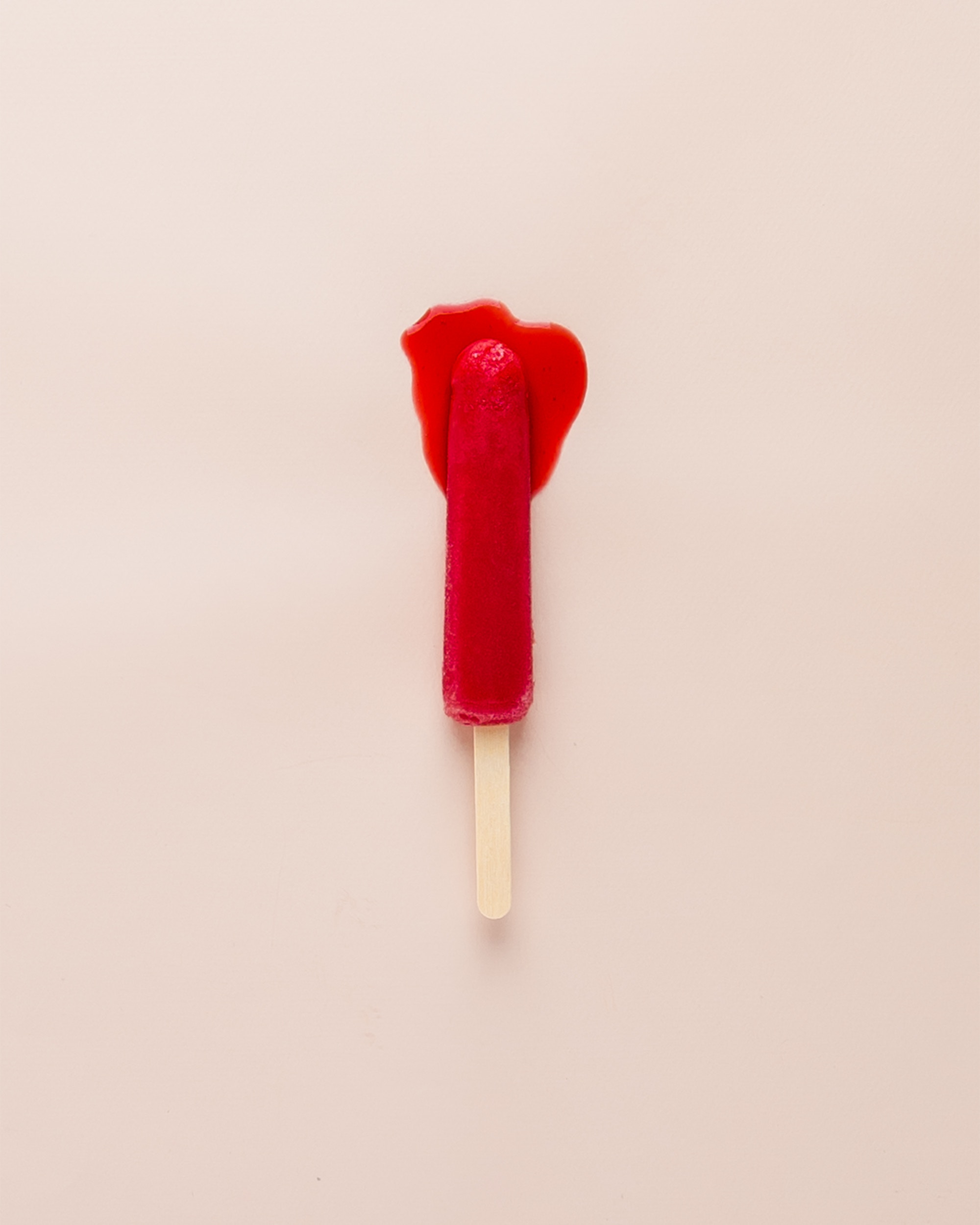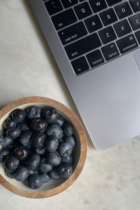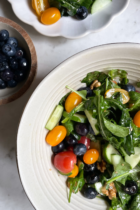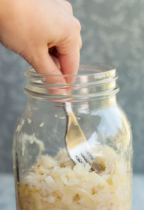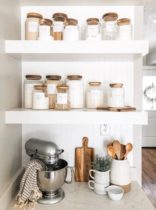Ah, periods. All those cramps, mood-swings, bloating, acne, irritability, fatigue, insomnia – not much fun.
Are you guilty of treating your period week the same way you would a vacation? Chances are, you’re tempted to take the week off from your healthy lifestyle, and drown your doom and gloom in a large pint of ice cream or a bag of chips. While indulging your cravings may give you temporary satisfaction (and no judgment because we’ve been there), eating your body weight in sugar/sodium doesn’t improve any period symptoms.
What you eat has a major impact on how you feel, and some foods are excellent in managing period symptoms. It’s important to eat well to make up the loss of vitamins + nutrients your body is going through. During the menstrual period, hormone levels are the lowest. It’s the time of your cycle to load up on nutrient-rich foods, healthy fats, and tons of protein. You must also include low GI foods that won’t spike blood sugar levels but provide adequate fibre – fruits, vegetables, and whole grains. Additionally, you lose iron and zinc when you bleed and should ideally remineralize your body with seafood or seaweed.
Food is the first step in healthy hormone health; it acts as medicine to heal and balance your hormones naturally. However, none of these foods are quick fixes like your trusty Meftal pill. Give it a few months, and you’ll notice small yet definite improvements, along with higher energy levels and happier hormones.
The best foods for menstrual period symptoms:
Berries: Berries (especially blueberries and blackberries) are high in antioxidants, vitamins and minerals; balancing out hormonal changes your body goes through. They contain Vitamin C, which is essential for iron to be absorbed. Berries may also help balance low estrogen levels that cause insomnia during periods.
Bananas: Would you believe it if I told you bananas were berries too? Bananas are rich in potassium and vitamin B6; they ease bloating and help muscles relax. Potassium also helps regulate blood pressure and sends oxygen to the brain, which has a positive effect on your mood.
Beetroot: Beets are a good iron source, which your body depletes rapidly when you bleed. It’s also rich in beta-carotene and antioxidants, promotes flow of blood to the uterus and reduces cramping.
Fruits: Oranges, strawberries, watermelon, papaya, mango, and cherries are all rich in antioxidants and Vitamin C, essential for better absorption of iron.
Fatty Fish: Fatty fish like salmon and tuna are rich in omega-3s, which reduce muscle tension and cramping.
Leafy Greens: Spinach, kale, broccoli and other dark leafy greens are excellent foods for your period. Apart from being a source of fibre and iron, these may also help to improve anxiety, quality of sleep, and reduce cramping.
Legumes: For vegetarians, legumes like kidney beans, pinto beans, lentils, and chickpeas are a great source of protein.
Nuts + Seeds: As per the practice of seed cycling, flax and pumpkin seeds are consumed during the menstrual period to balance hormone production, and also provide omega-3s.
Seaweed: Seaweed like kelp, nori, kombu are rich in zinc and iron; consuming them helps replenish and remineralize the body after blood loss.
Whole grains: Whole grains are a great source of magnesium, which can help alleviate menstrual pain. They are low GI and fibre-rich; keep you full for longer and aid in healthy bowel movement.
Yoghurt: The good bacteria found in yoghurt helps calm your stomach; the increased intake of calcium and Vitamin D helps reduce symptoms of PMS.
Dark Chocolate: We saved the best for last. Dark chocolate is high in anti-oxidants and magnesium, which eases cramps and mood swings. It also stimulates the production of endorphins, also known as happy hormones. So go on, have that piece of dark chocolate – you deserve it!
Other tips:
- Eat nourishing foods: soups, stews, roasted vegetables, and in general warming cooked foods are better
- Cook with anti-inflammatory herbs and spices: ginger, turmeric, cinnamon, parsley
- Brew a soothing ginger tea – it’s a great cramp-reliever
- Drink tons of water
- Try these recipes: Barley Salad with Beets + Rainbow Chard, Modern Millet Salad, Spiced Lentil Soup, Beetroot Hummus, Vegan Bone Broth
What to avoid
- Limit raw fruits and vegetables, as they’re harder to digest.
- Reduce excess sodium intake, especially from pre-packaged food, as it causes water retention and bloating.
- Cut down on caffeine. Yes, this one’s probably the hardest to do, but caffeine is known to constrict the blood vessels in the uterus, making period cramps additionally painful.
- Ditch the sugar. Your blood sugar is all over the place when you’re menstruating, and added sugar acts as an inflammatory agent making things worse.
- Avoid drinking alcohol during your period. The loss of blood during your period might cause low blood pressure, which makes you more vulnerable to side effects of alcohol consumption. Drinking will also make you more fatigued, and increases blood flow.
During your period, you’re no doubt feeling low, and that’s ok. It’s recommended to take things slow – get enough rest, eat nourishing foods, and relax your exercise routine. Your energy is at it’s lowest, so it’s completely ok to take a break (and consider napping a sport!). Some evidence suggests that light exercise may help reduce cramps – so if you’re feeling up to it, take a walk or stretch out on the yoga mat in the cat pose. Listen to your body, follow these simple tips, and don’t let your menstrual cycle cramp your style.

